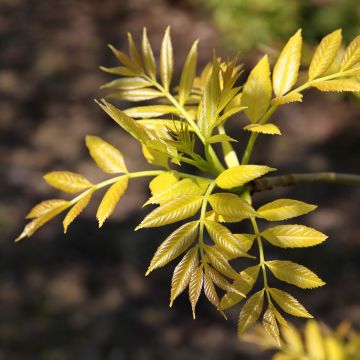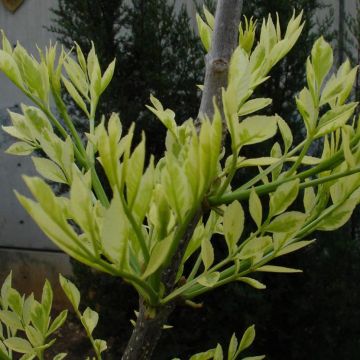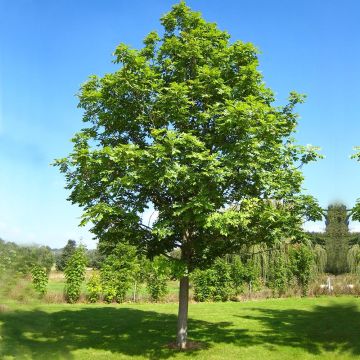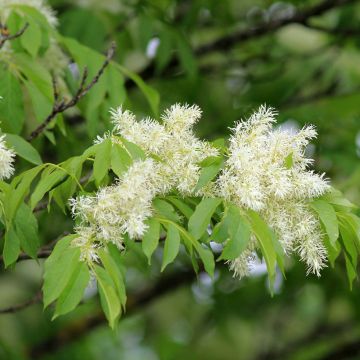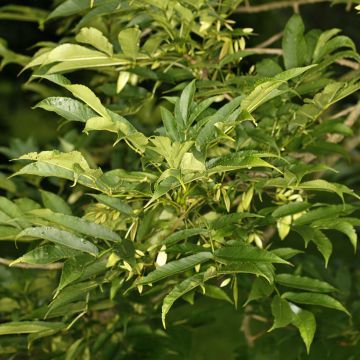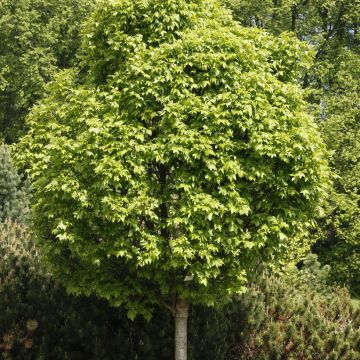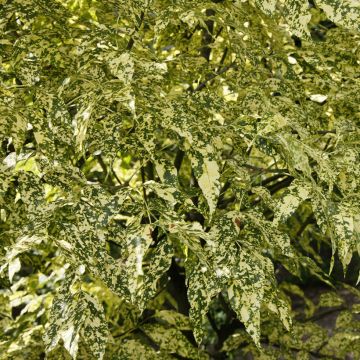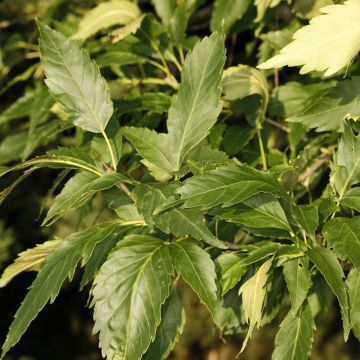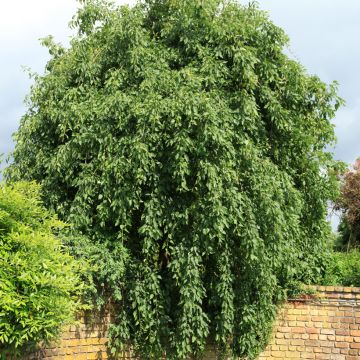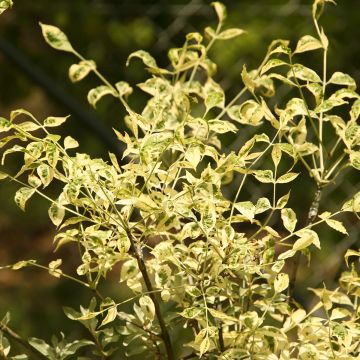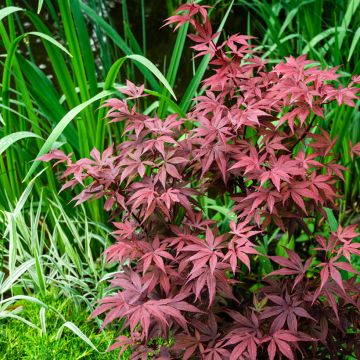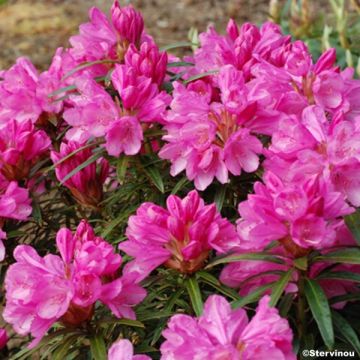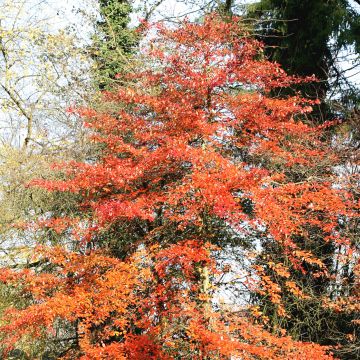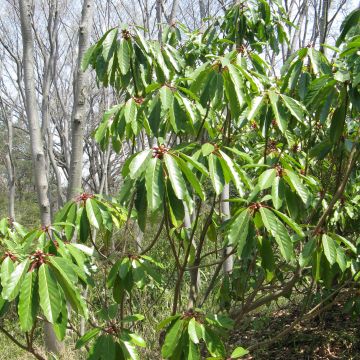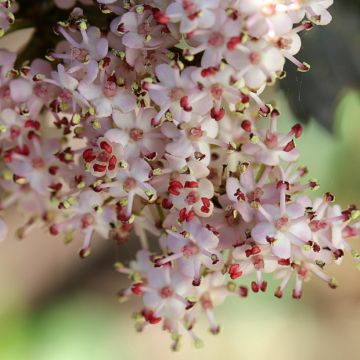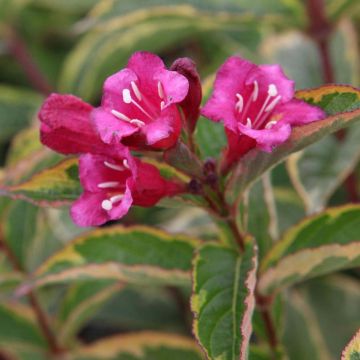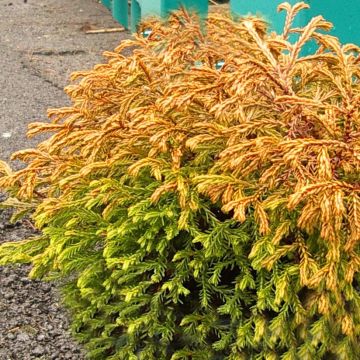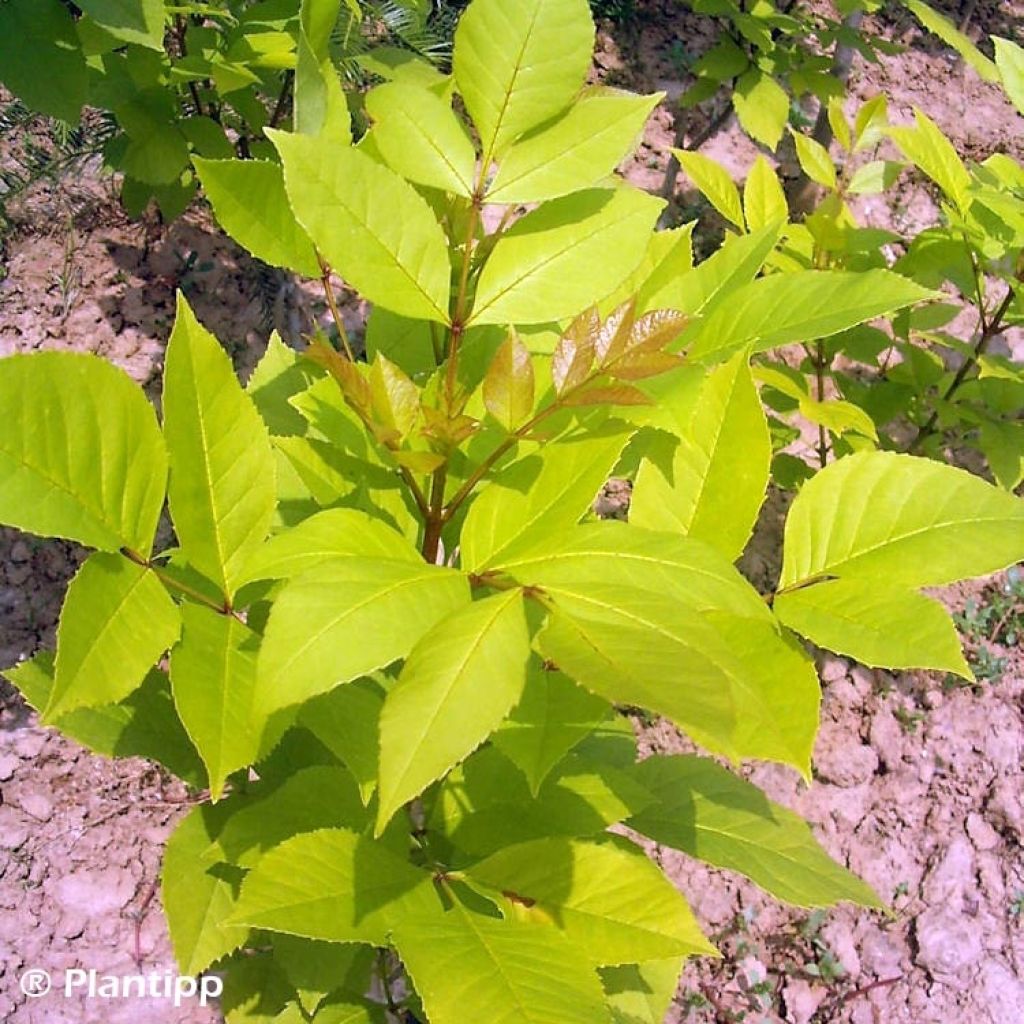

Fraxinus chinensis Emmas Gold - Ash
Fraxinus chinensis Emmas Gold - Ash
Fraxinus chinensis Emma's Gold
Chinese Ash
Special offer!
Receive a €20 voucher for any order over €90 (excluding delivery costs, credit notes, and plastic-free options)!
1- Add your favorite plants to your cart.
2- Once you have reached €90, confirm your order (you can even choose the delivery date!).
3- As soon as your order is shipped, you will receive an email containing your voucher code, valid for 3 months (90 days).
Your voucher is unique and can only be used once, for any order with a minimum value of €20, excluding delivery costs.
Can be combined with other current offers, non-divisible and non-refundable.
Why not try an alternative variety in stock?
View all →This plant carries a 24 months recovery warranty
More information
We guarantee the quality of our plants for a full growing cycle, and will replace at our expense any plant that fails to recover under normal climatic and planting conditions.
Would this plant suit my garden?
Set up your Plantfit profile →
Description
The Fraxinus chinensis 'Emma's Gold' is a small variety of Chinese ash tree with golden foliage, dazzling from spring to autumn. It is a slow-growing small tree that reaches only 3m (9 ft 10 in) in 10 years, suitable for both isolated planting in a small garden and in a pot on a terrace. Rarely cultivated, its pyramid-shaped and later conical form when fully grown is quite distinctive, and allows it to be used in rows or combined with varied foliage in a colorful informal hedge. Its large beautifully pinnate leaves provide light and pleasant shade during the summer. It is a fairly hardy tree that likes bright exposures and deep, moisture-retentive soil.
The Chinese ash tree is a tree of the olive family, just like the olive tree and the lilac. It is native to northern China, where it is common on the banks of rivers and streams. The 'Emma's Gold' variety stands out for its modest size and golden foliage throughout the growing season.
The habit of this ash tree is initially pyramidal, rounding with age to become overall conical. It develops a vertical and rather short trunk, well cleared, topped with a round-shaped crown, slightly closed when the tree is young, opening up over the years. At maturity, the canopy is airy, with a light appearance and the bark covering the trunk becomes grey, deeply fissured and scaly. The cultivar has a slow growth: at the age of 10, it will have reached a height of 3m (9 ft 10 in). At maturity, it will generally reach a height of 5m (16 ft 5 in), with a crown measuring about 2m (6 ft 7 in) in width, remaining a modest tree, perfect for a small ornamental garden. The deciduous foliage, of great finesse, consists of compound leaves with 5 to 9 elliptical to ovate leaflets, measuring 5 to 10cm (2 to 4 in) in length, with serrated edges. Bright yellow to golden yellow when budding, they then take on their characteristic color, a very bright yellow-green. In autumn, they turn golden yellow again for 3 to 5 weeks if strong winds do not blow them away. The flowering takes place in spring, before the appearance of the foliage, in the form of cream-white panicles. After pollination, they give way to 2 to 4.5cm (0.8 to 1.8 in) long samaras.
'Emma's Gold' ash tree is a beautiful small tree, ideal for providing dappled shade to a corner of a terrace or bringing light and color to dark borders and hedges with other golden shrubs and trees. Its compact size and slow growth allow it to be grown in a pot or used to adorn a small urban garden.
Report an error about the product description
Fraxinus chinensis Emmas Gold - Ash in pictures
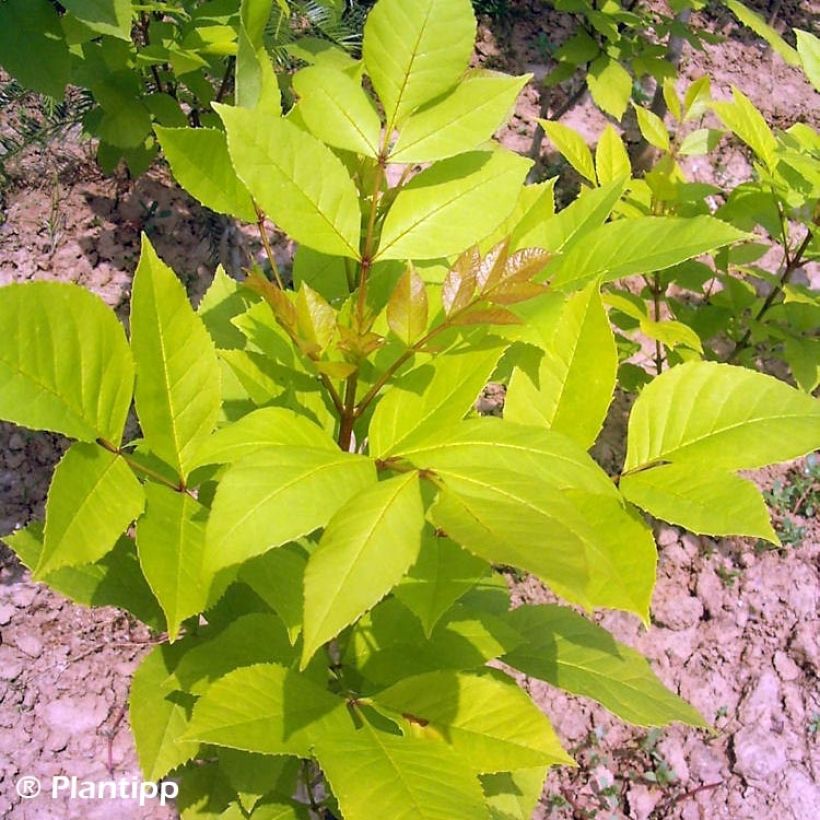

Plant habit
Flowering
Foliage
Safety measures
Botanical data
Fraxinus
chinensis
Emma's Gold
Oleaceae
Chinese Ash
Cultivar or hybrid
atteinterespiratoire
Cette plante peut entraîner des symptômes allergiques.
Evitez de la planter si vous ou vos proches souffrez de rhinite saisonnière ("rhume des foins").
Davantage d'informations sur https://plantes-risque.info
Other Fraxinus - Ash tree
View all →Planting and care
Plant your Fraxinus chinensis 'Emma's Gold' in autumn or spring, choose a location in full sun or partial shade in any moist to wet soil, preferably fertile. Create a drainage pit with rocks if your soil is waterlogged. If your soil is poor, adding leaf compost will be beneficial. Maintain regular watering during the summer following the planting and make sure to protect it from prolonged droughts for another year, mulching can help retain moisture at the base and reduce the need for watering. Keep in mind that this riverside tree requires consistently moist, deep soil. It is perfectly resistant to temperatures as low as -15°C (5 °F). Pruning involves balancing the tree's habit every 3 years or so by opening up the center of the canopy.
Planting period
Intended location
Care
Planting & care advice
This item has not been reviewed yet - be the first to leave a review about it.
Similar products
Haven't found what you were looking for?
Hardiness is the lowest winter temperature a plant can endure without suffering serious damage or even dying. However, hardiness is affected by location (a sheltered area, such as a patio), protection (winter cover) and soil type (hardiness is improved by well-drained soil).

Photo Sharing Terms & Conditions
In order to encourage gardeners to interact and share their experiences, Promesse de fleurs offers various media enabling content to be uploaded onto its Site - in particular via the ‘Photo sharing’ module.
The User agrees to refrain from:
- Posting any content that is illegal, prejudicial, insulting, racist, inciteful to hatred, revisionist, contrary to public decency, that infringes on privacy or on the privacy rights of third parties, in particular the publicity rights of persons and goods, intellectual property rights, or the right to privacy.
- Submitting content on behalf of a third party;
- Impersonate the identity of a third party and/or publish any personal information about a third party;
In general, the User undertakes to refrain from any unethical behaviour.
All Content (in particular text, comments, files, images, photos, videos, creative works, etc.), which may be subject to property or intellectual property rights, image or other private rights, shall remain the property of the User, subject to the limited rights granted by the terms of the licence granted by Promesse de fleurs as stated below. Users are at liberty to publish or not to publish such Content on the Site, notably via the ‘Photo Sharing’ facility, and accept that this Content shall be made public and freely accessible, notably on the Internet.
Users further acknowledge, undertake to have ,and guarantee that they hold all necessary rights and permissions to publish such material on the Site, in particular with regard to the legislation in force pertaining to any privacy, property, intellectual property, image, or contractual rights, or rights of any other nature. By publishing such Content on the Site, Users acknowledge accepting full liability as publishers of the Content within the meaning of the law, and grant Promesse de fleurs, free of charge, an inclusive, worldwide licence for the said Content for the entire duration of its publication, including all reproduction, representation, up/downloading, displaying, performing, transmission, and storage rights.
Users also grant permission for their name to be linked to the Content and accept that this link may not always be made available.
By engaging in posting material, Users consent to their Content becoming automatically accessible on the Internet, in particular on other sites and/or blogs and/or web pages of the Promesse de fleurs site, including in particular social pages and the Promesse de fleurs catalogue.
Users may secure the removal of entrusted content free of charge by issuing a simple request via our contact form.
The flowering period indicated on our website applies to countries and regions located in USDA zone 8 (France, the United Kingdom, Ireland, the Netherlands, etc.)
It will vary according to where you live:
- In zones 9 to 10 (Italy, Spain, Greece, etc.), flowering will occur about 2 to 4 weeks earlier.
- In zones 6 to 7 (Germany, Poland, Slovenia, and lower mountainous regions), flowering will be delayed by 2 to 3 weeks.
- In zone 5 (Central Europe, Scandinavia), blooming will be delayed by 3 to 5 weeks.
In temperate climates, pruning of spring-flowering shrubs (forsythia, spireas, etc.) should be done just after flowering.
Pruning of summer-flowering shrubs (Indian Lilac, Perovskia, etc.) can be done in winter or spring.
In cold regions as well as with frost-sensitive plants, avoid pruning too early when severe frosts may still occur.
The planting period indicated on our website applies to countries and regions located in USDA zone 8 (France, United Kingdom, Ireland, Netherlands).
It will vary according to where you live:
- In Mediterranean zones (Marseille, Madrid, Milan, etc.), autumn and winter are the best planting periods.
- In continental zones (Strasbourg, Munich, Vienna, etc.), delay planting by 2 to 3 weeks in spring and bring it forward by 2 to 4 weeks in autumn.
- In mountainous regions (the Alps, Pyrenees, Carpathians, etc.), it is best to plant in late spring (May-June) or late summer (August-September).
The harvesting period indicated on our website applies to countries and regions in USDA zone 8 (France, England, Ireland, the Netherlands).
In colder areas (Scandinavia, Poland, Austria...) fruit and vegetable harvests are likely to be delayed by 3-4 weeks.
In warmer areas (Italy, Spain, Greece, etc.), harvesting will probably take place earlier, depending on weather conditions.
The sowing periods indicated on our website apply to countries and regions within USDA Zone 8 (France, UK, Ireland, Netherlands).
In colder areas (Scandinavia, Poland, Austria...), delay any outdoor sowing by 3-4 weeks, or sow under glass.
In warmer climes (Italy, Spain, Greece, etc.), bring outdoor sowing forward by a few weeks.






























